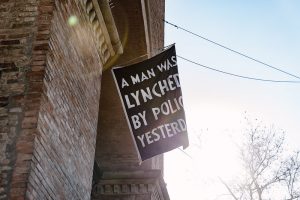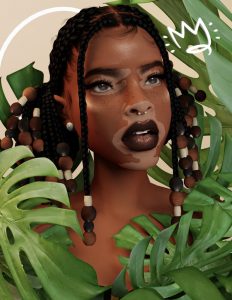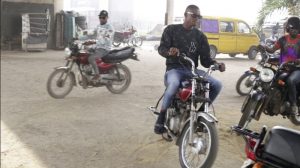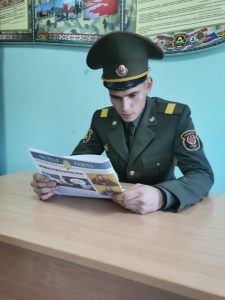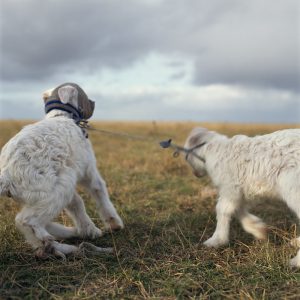Yesterday was Monday, not my favourite day because all the art galleries are closed. Except! CO-Berlin. They are running until 06.05.07 a fantastic exhibition on Weegee’s photographs: Weegee’s Story: Photographs from the Berinson Collection. Over 220 B&W vintage prints depict the New York of the 1930s and 1940s; while a few videos by and about the photographer are screened on tv sets.
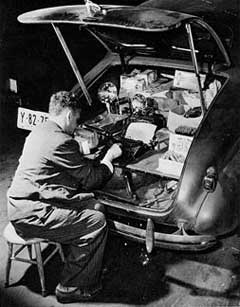 Weegee’s subjects are gangsters, transvestites arrested by the police, the homeless, victims of accidents or murders, but also lovers, people on daytrips and protagonists of jazz clubs, variety shows and cinemas.
Weegee’s subjects are gangsters, transvestites arrested by the police, the homeless, victims of accidents or murders, but also lovers, people on daytrips and protagonists of jazz clubs, variety shows and cinemas.
Weegee, whose real name was Arthur Fellig, was born in 1899 in Zloczow, Galicia (present-day Zolochiv, Ukraine). From 1935 onwards, he worked as a freelance police reporter, gave up photoreporting in the mid-1940s and turned to advertising photography for magazines such as Life, Look and Vogue, and became a photo caricaturist and a producer of short films.
Here and there in the exhibition spaces are extracts of texts written by Weegee. I liked this one:
My car became my home. It was a two-seater, with a special extra-large luggage compartment. I kept everything in there, an extra camera, cases of flash bulbs, extra-loaded holders, a typewriter, firemen’s boots, boxes of cigars, salami, infra-red films for shooting in the dark, uniforms, disguises, a change of underwear, and extra shoes and socks. I was no longer tied to the teletype machine at police headquarters. I had my wings. I no longer had to wait for crime to come to me; i could go after it. The police radio was my life line. My camera… my life and my love… was my Aladdin’s lamp.
In 1938, he was actually the only New York newspaper reporter with a permit to have a portable police-band shortwave radio.
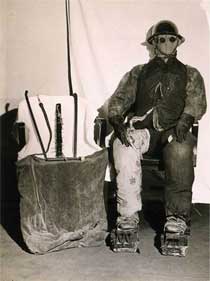
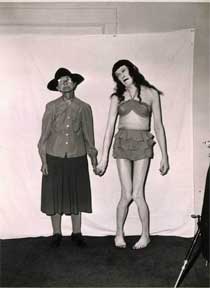 Mugger’s Disguise and Pseudo Hermophide
Mugger’s Disguise and Pseudo Hermophide
Weegee’s works: Luminous Lint, Lee gallery, the Side collection, Museum icp, getty and tatintsian.
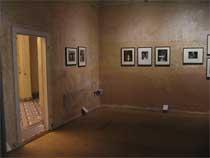
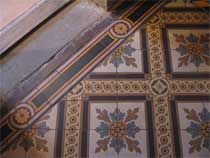
The CO gallery is very Berlin Mitte: a bit run down but with charm: the paint on the walls is gorgeously peeling and the old-style pavement hasn’t been replaced by a fancy one. That’s a style they cultivate here: people wear vintage clothes you’d pay fortunes to lay your hands on, some shops sell objects from the ex-DDR as design pieces (which they are of course) and testimonies of the current ostalgia. Tourists (including me) are crazy about it.

